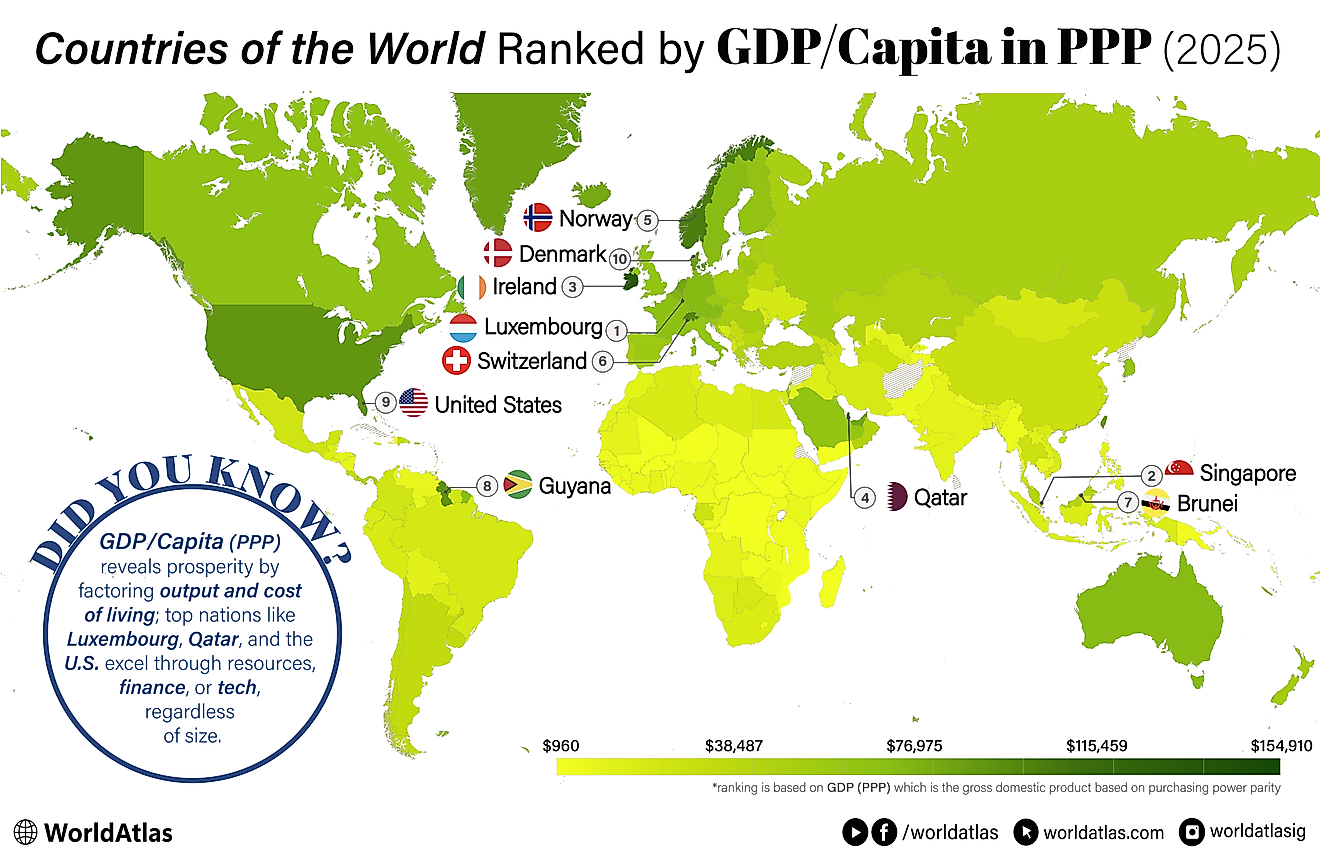The Biggest Industries In Cameroon

Cameroon is an independent nation located in Central Africa, bordering Chad, Nigeria, Central African Republic, Gabon, Equatorial Guinea, and the Congo. In 2008, the country's GDP per capita based on purchasing power parity was approximately $2,300, and it is among the top 10 highest in sub-Saharan Africa. Cameroon is aiming to be an emerging economy by 2035.
In the initial aftermath of independence, the country had strong economic growth with the GDP growing at an average of 4% annually. Between 2004 and 2008 the country managed to reduce public debt from 60% of the GDP to less than 10% and its official reserves have doubled tenfold to more than $3 billion. In 2014 the unemployment rate in the country at about 4.4% and almost a third of the country's population was living below the poverty line of under $1.25 a day.
Cameroon started following programs as advised by the IMF and World Bank starting from the 1980s which promoted privatization of industries reducing poverty, and increasing economic growth. The country has taken steps to encourage the growth of tourism in the country. The major industries in Cameroon include agriculture, mining, manufacturing, trade, and transport among others.
Agriculture
In Cameroon, there has been a gradual decline in the significance of agriculture as a contributor to the GDP, mainly due to the growth of the oil industry which began in the 1980s. However, the agriculture industry is still playing a significant role in the country, and in the 1970s approximately 9/10 of the country's working population were employed in agriculture, and 30 years later the ratio has fallen to about half. Earnings from agriculture and forest products were about one-third of the total export earnings in the country. Some of the major export items include cocoa, cotton, coffee, and sawn wood. Small-scale farming contributes to the majority of agricultural exports. The primary subsistence crops in Cameroon include oil palm, corn, cassava, potatoes, peanuts, millet, beans, and plantains. Cameroon is among the leading producers of cocoa beans in the world which are cultivated primarily in the Southern part of the country. Robusta coffee is the main cultivated variant of the crop in the western parts of the country as well as the southern region.
Manufacturing
The manufacturing industry in Cameroon has been growing steadily since the late 20th century, and by the year 2000, the industry was accounting for about one-fifth of the country's GDP. The manufacturing industry depends on the processing of agricultural products which include sugar refining, tobacco processing, cotton spinning, textiles, ship repair, light consumer goods manufacturing, and food processing. Some of the industries in the country include Edea aluminum smelter which imports most of the bauxite and smelts to finished products. The country also refines oil and Petroleum in Limbe. The government has been playing a significant role in trying to industrialize the country particularly through the Societe Nationale d’investissement, and as a result of the privatization which was adopted in the 1990s the role of the government agency has significantly reduced.
Finance And Trade
Cameroon, along with other nations in Central and West Africa, use a single currency of CFA franc which is pegged to the Euro. Following the economic crisis that was experienced in the late twentieth century the country's banking system had to be restructured with several of them being privatized, merged, or liquidated. By 1997, the commercial banking sector in the country had become profitable and extra commercial banks in the country were opened. By the year 2000, there were numerous commercial banks in the country, and a stock exchange opened in 2003 in the city of Douala. Most of the trading partners of Cameroon are the countries in Europe, but in the 21st century, the emerging markets for most of the Cameroonian products are in Asia. France has always been the major trading partner although currently, it has diminished slightly, and other countries that take up most of the Cameroonian products include Portugal and Spain, while Nigeria has been the leading source of imports.
Challenges Facing The Cameroonian Economy
Beginning in the 1980s, there was colossal mismanagement of Cameron's resources. The falling prices worsened this in the country’s export commodities, particularly cotton, cocoa, and oil. All these factors plunged the country into one of the worst recessions. By the late 1980s, huge budget deficits forced the country to resort into borrowing and accepting the intervention from the IMF in what was known as the structural adjustment programs. The country is still heavily reliant on the international market for its products and fluctuations in the global market prices of the country's main items such as cocoa and petroleum has made the economic environment unpredictable. Similarly, persistent corruption has significantly affected economic development in Cameroon.











